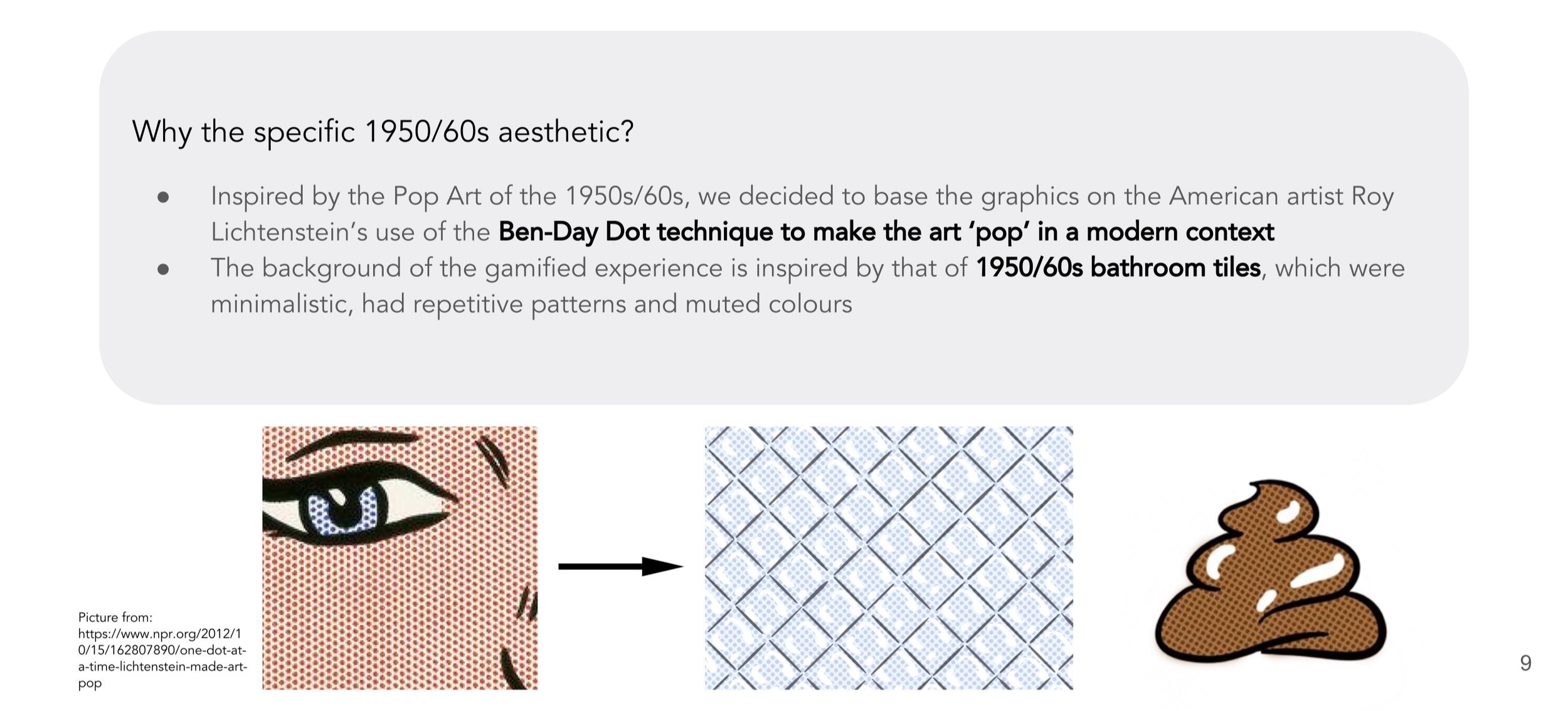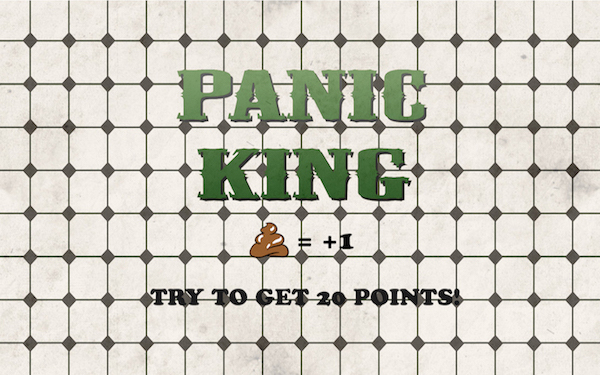Airbnb - Your Next Getaway
Class: DEsn9001 dESIGN PRACTICE AND MANAGEMENT
Dates: march to JUNE 2021
LOCATION: The University of Sydney, sydney
MY Role: User Research / USER INTERFACE DESIGNER
MY Team: daniel chan, STELLA MARISSA
my Tutor: EREZ NUSEM
Project Background
A recent Airbnb report entitled “From Isolation to Connection - Travel in 2021” (Airbnb, 2021) underlines that one third of Airbnb searches in 2021 so far have been flexible in terms of time and location, emphasising a change in people’s travelling behaviours. This change has stemmed from the current ongoing situation with the COVID-19 pandemic. Travel restrictions due to COVID-19 have resulted in Airbnb users being charged with hidden fees and “unfair” cancellation policies, leaving a general feeling of deception and disappointment amongst them. This presents an interesting challenge that Airbnb must face to build rapport with these users:
Design Challenge: How might we improve customer engagement with users during the pandemic?
Design Process
Insights from background research:
People believed they spent between 2-4 minutes on average in public toilets
People want to have something to do while waiting in line instead of just looking at their phones
The installation of an interactive system would enhance users’ experiences
People want public toilets to be more interactive and playful
Following gathering insights and finding user needs from background research, I decided to visualise this in the form of a needs-directed persona:
Before we formed teams and chose a concept to work further on, I came up with three initial concepts, which aimed to solve user needs and insights gathered from background research.
After our individual background research and initial concepts, we formed teams. In order to come to a decision to which concept we should work further on, we first created an Affinity Diagram which summarised all our user needs, then we used a Design Pugh Matrix and Decision Rationale to help objectively justify which of the concepts we should further refine.
Our chosen concept was the combination of our two top concepts but with some changes such as needing to incorporate a 1950/60s aesthetic. To discourage people from using public toilets for too long and to engage people from the outside, our concept incorporated subtle yet-in-your-face interactivity and playfulness, but with a twist - by incorporating fear and frenzy. The concept stems around a pre-recorded jump scare video on the inside of the toilet door, while on the outside there would be an interactive gamified experience whereby people waiting can express their anger waiting by ‘chucking’ toilet paper and other objects at the outside door displaying a person sitting on the toilet.
My group and I went through five rounds of iterations of this concept and gathered user feedback each round to improve for the next. We went from a loop video of Snoopy on his house flying amongst the clouds on the outside door to looking more into pop art to what we initially did - something that connects more to what was being shown on the inside door - a more realistic interaction.
From user testing, we found that the ‘fear induction’ part went well to get users out of the toilet, however, the experience left most users uncomfortable - and this was enough to make us rethink and shift our concept.
“I felt shocked at first, and then I felt kind of intimidated by that face, and then uncomfortable. I’d rather come out than stay.”
“I got freaked out by that girl because I hate horror movies and I didn’t want to watch her get any closer.”
“I felt so much better as soon as I left because that confrontation was gone and I had my personal space back.”
How does the modified concept work?
What message do we want to send?
With PANIC KING, we aim to send a message like Duchamp's infamous urinal (1917), with an artistic parody approach, provoking a reaction in the observer - and in our case - enhancing dumb infrastructure by shifting human perceptions and encouraging a positive behavioural change with existing toilet behaviour via a novel gamified experience in the public toilet space.
Why do we want to send this message?
The point of art in an art exhibit/gallery is to provoke a reaction from the observer - and to see them leave the art with a smile on their face. By ridiculing the status quo, we want observers to start whispering conversations and emerge from the toilets laughing, grinning or even panicking from this experience.
Note: We envision our concept to be a pop-up, one-off installation, as over time, users would reach the goal of +20 points quicker and the excitement and fun would wear off.
Storyboard showing the modified concept from outside the toilet (sketches left of the dotted line) and inside the toilet (sketches right of the dotted line)
We completed three further rounds of user testing with twelve users to evaluate aspects such as non-verbal/verbal behaviour, usability, desirability and playfulness.
Note: Please swipe through to see these three rounds of user testing in more detail.












Reflection
This studio has surely been the most stressful yet rewarding studio for myself in this course. I had a goal at the beginning of the semester to create something other-worldly, something controversial, something that would make people stop, think, talk and laugh about; I wanted to challenge myself and that sure did happen. Faced with a design brief surrounding “dumb” infrastructure, what first came to mind was the usual - bus stops, payphones, street lights, pathways, but I thought, why not explore something different, something no one else would probably look at - the public toilet space. And despite it being something I would rather not read about and design for - the public toilet space was what I researched and developed concepts for. As we formed teams, and as PANIC KING was established, our vision to challenge the norm blossomed. As a team, we went through so many hurdles, faced so many problems, I had so many mood swings, (and lost a team member for ‘x’ number of weeks making us PANIC), even I thought we wouldn’t be able to make it out of the semester. We lived on the edge, we kept changing concepts due to constraints and the lack of programming knowledge in our team, but what got us through was our hustle - we kept pushing ourselves and with help from our tutor and other classmates, we solved these problems to the best of our ability. Following an interative design process and justifying every step with a user-centred design thinking methodology to ensure we meet our goals and user needs, we came to our final design - called PANIC KING - an innovative, playful and interactive new toilet experience for those brave enough to try it, with a 1950/60s aesthetic.
All in all, I am extremely proud of my team for their continuous efforts throughout this semester, and my tutor, Louis, for his continuous support for our toilet idea - it sure has been a wild ride, and I cannot wait to share PANIC KING with the general public (and make people PANIC) during the Annual Graduation Show!
Exhibited at the D18 Graduate Exhibition
This project was exhibited at the D18 Graduate Exhibition at the University of Sydney from the 29 November 2018 to the 1 December 2018. In preparation for the exhibition, my group and I made further refinements to the code, and decided to build an actual physical toilet store with a working lock to simulate the typical public toilet experience. It was amazing to see our hard work pay off at the opening night where numerous people of all ages interacted with our project!



















